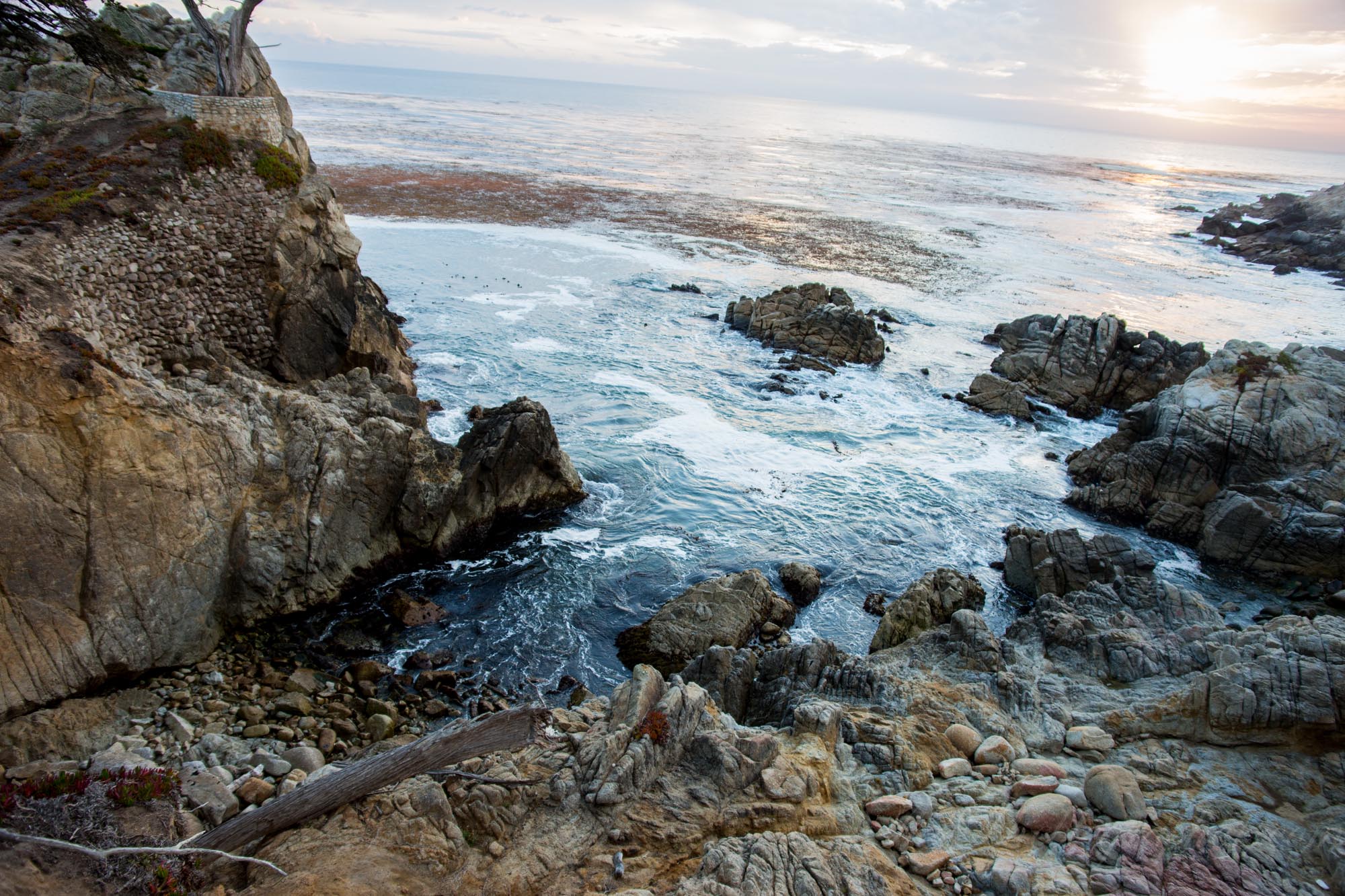Landscape photography is one of those great photographic niches that anyone can enjoy and take part in, regardless of gear. You can just go outside, take the nearest walking trail and find plenty of landscape to enjoy and photograph. But what about those really epic landscapes with large mountains or those amazing coastal cliffs? How were those captured? Maybe you find yourself wondering about what sort of lens you should get if you are serious about enjoying and creating more landscape photography? If that is you then you have come to a great place because the whole purpose of this piece is to help you ask yourself the right questions in order to help you figure out the right landscape lens for you.
Are you photographing landscapes up close or from afar?
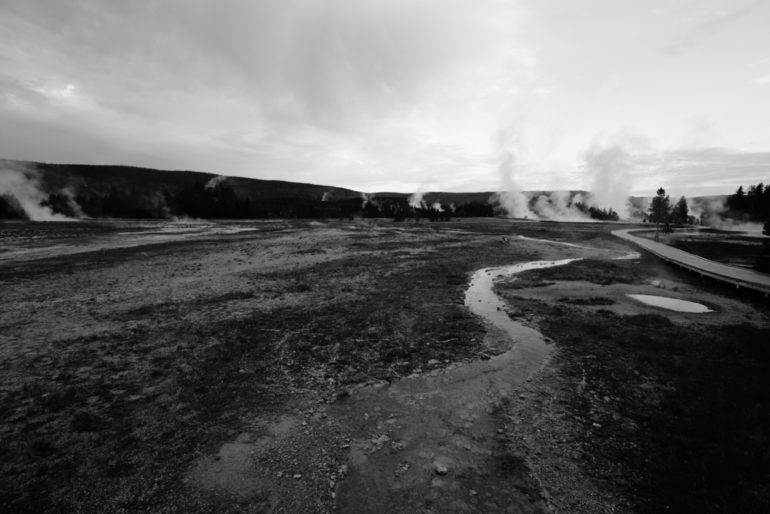
A common misconception from those who do not shoot landscape photography is that these epic shots are all being produced with wide angle lenses, and while that is certainly the case in some situations, there are still a great many reasons for landscape photographers to use telephoto lenses as well. So in order to know what sort of lens you should invest in, you need to first investigate the landscape images that you like and want to emulate, and then figure out what type of lenses were used to produce it. Telephoto lenses also are great for abstracts.
Generally, if you are shooting a far away landscape you want a normal or telephoto lens to bring the subject, maybe a mountain range for example, closer in the frame. If you used a wide-angle lens in this situation the mountains would all look small and way off in the distance. As well, if you will be shooting landscapes up close, with strong foreground compositions then maybe a wider lens is what you will be needing.
Weather Sealing?
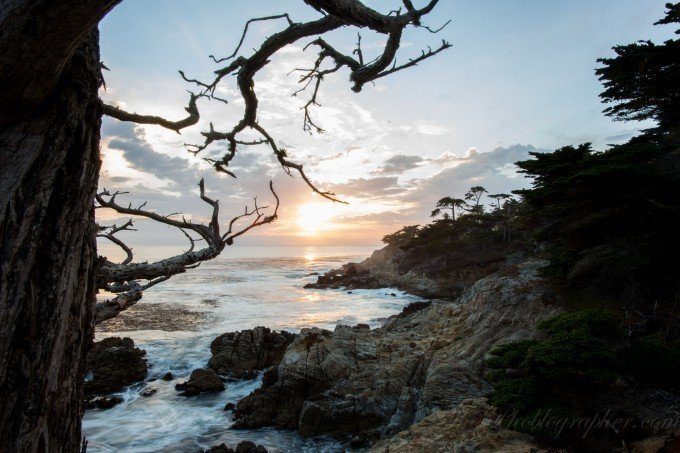
What sort of climate are you shooting in? Ideally, if you are shooting landscapes you will want to know your gear can handle the weather. So, this means purchasing a lens with weather sealing. That said, if you know that you will be primarily in a location without much inclement weather then you can probably stand to invest in a lens without weather sealing and still feel relatively safe with your investment out shooting.
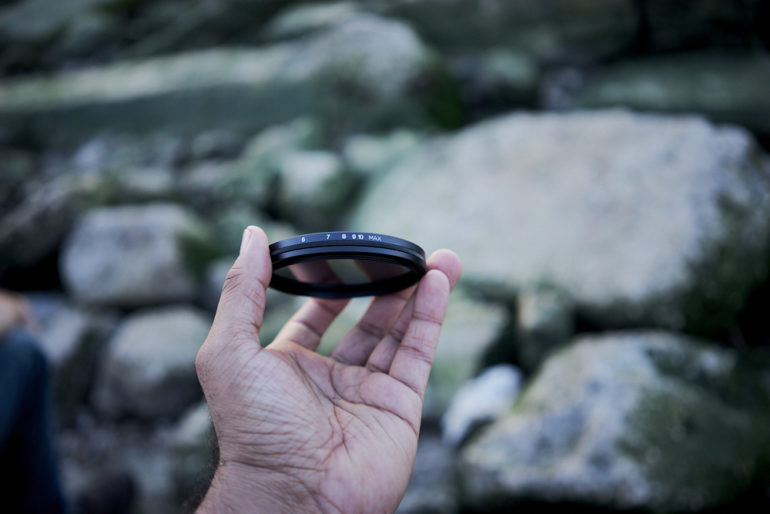
What time of day will you want to be shooting?
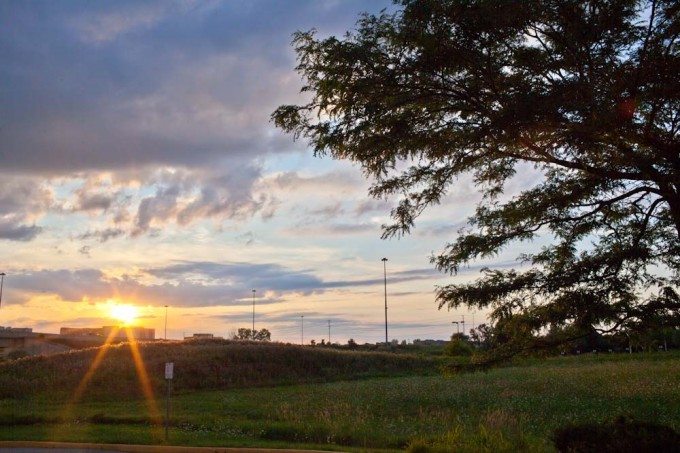
Considering what time of day you will be shooting is key as well. The greater the potential for lower light, the more likely your need for a faster lens will be. You can always slow your shutter speed to compensate for lower light with less expensive lenses, but it is also nice to have the option to go with a faster aperture if you like that being stuck with the effects of motion blur should anything in your shot move while you are taking your shot.
Recommendations for lenses to consider
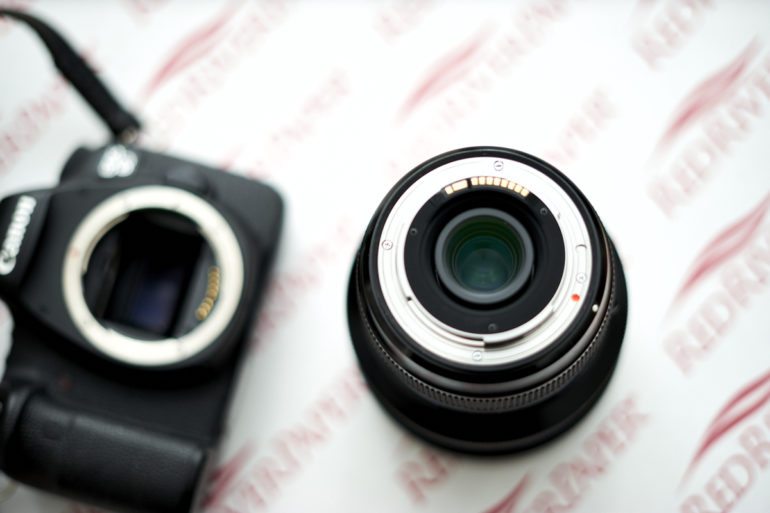
So, what are some good places to start your lens research after you have considered all of the above points? Here are our picks for some great lenses with landscape potential.
- [amazon_textlink asin=’B014ULAF0O’ text=’Tamron 35mm F1.8′ template=’ProductLink’ store=’thephobl-20′ marketplace=’US’ link_id=’a408d09c-003f-11e7-b982-7b5a0f00dc17′] (Our Review)
- [amazon_textlink asin=’B00NJ9K52W’ text=’Sigma 18-300mm f3.5-6.3 DC MACRO OS HSM’ template=’ProductLink’ store=’thephobl-20′ marketplace=’US’ link_id=’d2aa8729-003f-11e7-9d96-b76c16d21e48′] (Our Reivew)
- [amazon_textlink asin=’B00DEI38PY’ text=’Samyang 16mm F/2′ template=’ProductLink’ store=’thephobl-20′ marketplace=’US’ link_id=’0fcf7e23-0041-11e7-89ae-4d62f19a7015′] (Our Review)
- [amazon_textlink asin=’B01KNXOCO8′ text=’Fujifilm 23mm F2′ template=’ProductLink’ store=’thephobl-20′ marketplace=’US’ link_id=’2d0bf207-003a-11e7-bffa-19a62855cfa8′] (Read our Review)
- [amazon_textlink asin=’B00JD4TA9G’ text=’Rokinon 12mm F2′ template=’ProductLink’ store=’thephobl-20′ marketplace=’US’ link_id=’73c84f6e-003a-11e7-ab4d-f9ba26d7cafc’]
- [amazon_textlink asin=’B0028Y5GKK’ text=’Panasonic Lumix G Vario 7-14mm f4.0′ template=’ProductLink’ store=’thephobl-20′ marketplace=’US’ link_id=’dd432a80-0041-11e7-9164-e91b9773d645′] (Our Review)


